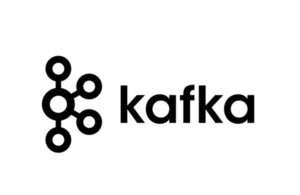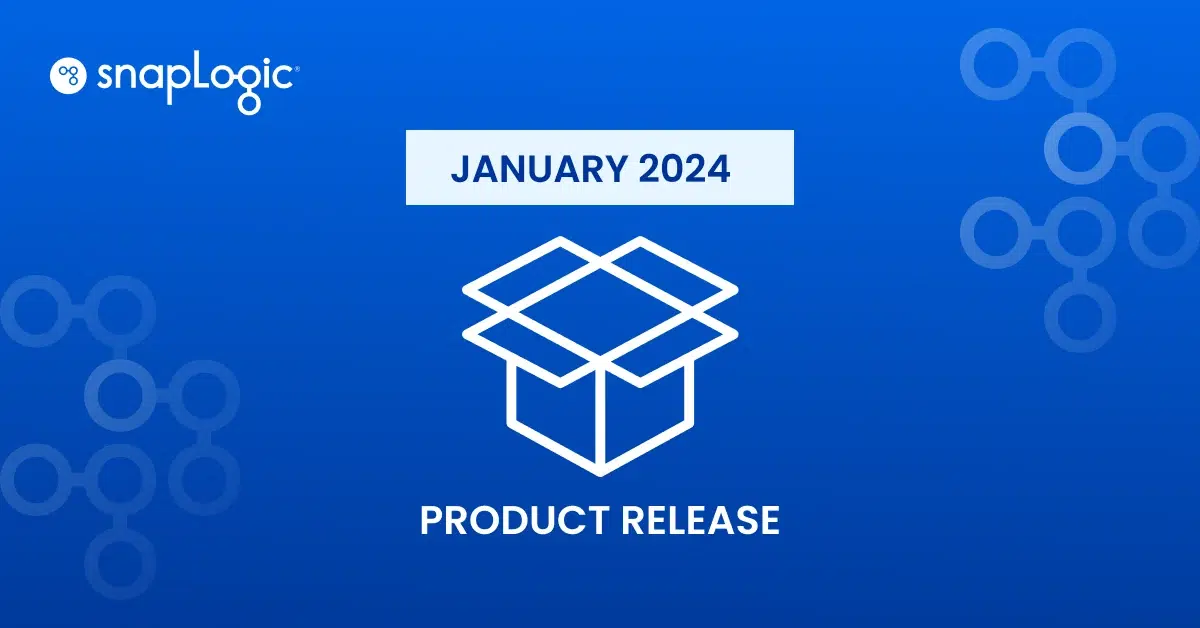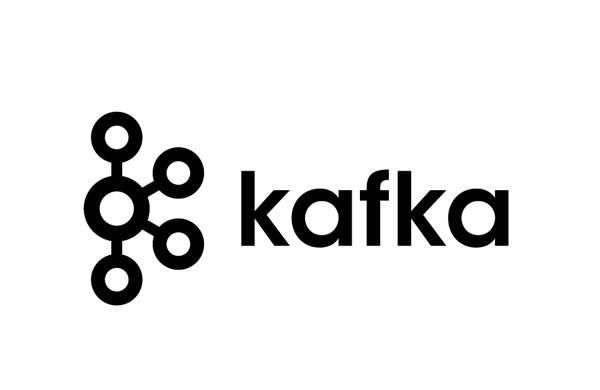…and it’s looking Kafka-esque. So to speak.
Today SnapLogic announced our Spring 2016 platform and Snap release. Overall, we believe this release will help our customers focus on data insights, not data engineering. It takes a lot of the repetitive, time-consuming activities around data ingest-preparation-delivery and makes them reusable and simple. We also believe that this release will help our customers continue to stay abreast of the ever-changing big data technology ecosystem, and choose the right tools and frameworks for each job.

Perhaps the biggest addition with the Spring 2016 release are the new Snaps for the Apache Kafka message broker. Much of the data flowing into big data
lakes is high-throughput, real-time data from e-commerce transactions, website clickstreams, wearables and other Internet of Things sources. So the ability to handle low latency and streaming data is critical to organizations planning their data lake strategy. Our new Snaps make it simple to create low-latency big data pipelines without coding. SnapLogic helps to make Kafka more enterprise-ready when combined with Snaps for common data transformation operations plus connectors for 400+ endpoints. Kafka can be used in conjunction with SnapLogic Ultra Pipelines for always-on data flows.
The Spring 2016 release also brings several enhancements designed to make SnapLogic projects more repeatable and simpler to control and govern. We’ve added new data mapping algorithm options to SmartLink and newly Spark-ready Snaps for common data prep activities such as JSON Parser, Formatter, and Splitter. This enables users to operationalize many of the data prep and transformation tasks required for analytics.
Add to that Snap Versioning, which lets administrators choose when to move to a new version of a Snap and the Metadata Snap, which exposes SnapLogic platform metadata in a way that common tasks such as creating, deleting and mass updating of elements such as accounts and tasks can be automated as part of a pipeline.
These enhancements benefit both the expert integrator who needs to save time on repetitive tasks, and the self-service integrator/analyst who needs simple ways to shape and transform data before connecting to a BI or data visualization tool.
We’re also excited to preview our “containerized” Snaplex. Recall that the Snaplex is the elastically-scalable data processing component of the SnapLogic platform. When released, these Snaplex Containers will be able to be deployed in any cloud environment that can host Docker containers such as in the Amazon Container Service, Google Container Engine, or the Azure Container Service. Snaplex containers can also run in data centers running Docker Swarm, Kubernetes or Mesos. Containers hold great promise for data integration projects, particularly those with variable execution workloads, by boosting resource utilization efficiency.
We’ve also added support for Microsoft HDInsight. More on this in a separate post. Be sure to register for the SnapLogic Live overview on Thursday.









